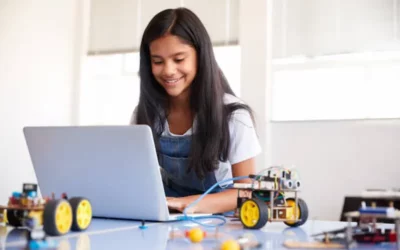In today’s digital age, where technology plays a significant role in our daily lives, it’s crucial to equip children with essential skills that will prepare them for the future. One such skill is coding, and Python is an excellent programming language for kids to learn.
Before diving into the blog, You can check out the video.
Table of contents
Introduction to Python for Kids
Python is a flexible programming language that is user-friendly for beginners and renowned for its clarity and readability. With the intention of making coding accessible to everyone, including young students, it was developed. Python is an excellent place to start for kids who are new to programming because of its simple syntax.
Why is it a great programming language for kids to learn?
Python is a flexible programming language that is easy to learn and provides a lot of advantages to children who are interested in learning how to code. The following are some of the most important reasons why knowing Python is beneficial:
1. Easy to Learn
Because Python’s syntax is uncluttered and simple to read, even young children should have no trouble understanding the fundamentals of programming with this language. Because of its straightforward nature, children are free to concentrate on critical and creative thinking rather than being bogged down in the language’s convoluted grammar.
2. Widely Used and Versatile
Python is an extremely popular programming language that finds applications in a broad range of fields, such as web development, data analysis, artificial intelligence, and robotics. Kids who take the time to become proficient in Python acquire a broad set of abilities that, in the years to come, may pave the way for a variety of interesting and rewarding job options. The abundance of resources Python offers for beginning programmers is another benefit. Python may be learned interactively and with interest thanks to the many coding classes, games, and free coding websites for kids.
3. Engaging and Interactive
Python provides a wide variety of interesting and engaging features, which make programming a pleasurable experience for children. Children’s self-assurance in their ability to code sees a significant increase as a consequence of their capacity to create instant results, which both promote experimentation and instill a feeling of success.
4. Strong Community Support
Python’s community is very active and helpful, and it offers a variety of tools, tutorials, and forums where young people may learn the language and ask for assistance if they need it. Python’s emphasis on community involvement helps guarantee that new programmers have access to plenty of help as they go through the learning process.
We will explore the world of Python for kids in this blog series, including step-by-step instructions, coding challenges, and insights into various coding ideas. We’ll also explore other relevant subjects, including computer basics for kids, learning programs, and Scratch coding for kids.
So join us as we embark on this exciting coding journey, where we unlock the power of Python and unleash your child’s potential in the world of programming! Get ready to explore the best free coding game for kids, learn to code, and have fun while acquiring essential skills for the future.

Getting Started with Python for Kids
Knowing how to code has become a necessary skill. It’s important for children to get a solid foundation in coding from a young age as technology continues to change the world we live in.
Python is a great choice for kids to start their coding journey because the language is easy to use for beginners. We will discuss all the factors that shape the environment for your kids to learn python.
Understand what coding is and its importance for kids:
It’s crucial to comprehend the idea of coding and its significance for kids before going into Python. Giving instructions to computers to carry out specific tasks is known as coding. It fosters creativity, critical thinking, and problem-solving abilities.
Kids who learn to code for kids gain the ability to design their own games, websites, and applications while also learning how technology functions.
Choose a suitable code editor:
Software that enables users to write and modify code is known as a code editor. It’s advisable to start with a coding editor that is user-friendly and contains features designed for novices and youngsters.
Thonny and IDLE are two popular options that come with Python and offer a straightforward environment for writing Python code.
Install Python:
Python is a popular open-source programming language that is used for many different purposes. To install Python on your child’s computer, follow these steps:
a. Go to www.python.org, the official Python website.
b. Go to the Downloads category.
c. Select the Python version that is compatible with the Windows, macOS, or Linux version of your operating system.
d. Open the installer by clicking the download link.
e. Follow the wizard’s instructions for installation, being sure to choose the option to add Python to the system PATH.
Verify the Python installation:
It’s essential to ensure Python is correctly installed after the installation is finished. To do this, launch the terminal (MacOS/Linux) or command prompt (Windows) and type “python –version”. Python has been successfully installed if the current version is displayed.
Launch the code editor:
Search for the desired code editor in the list of installed programs on your computer (such as Thonny or IDLE). As soon as it’s running, you should see a blank window where your kid can begin writing Python code.
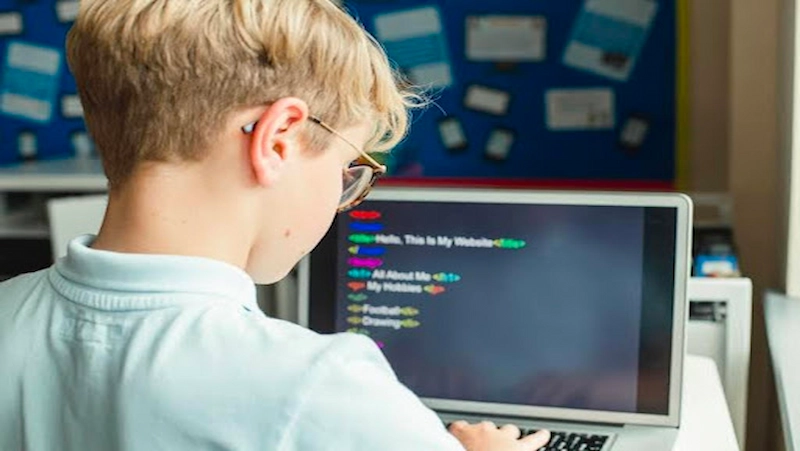
Writing Your First Python Program:
Let’s write a simple “Hello, World!” program in Python:
python
Copy code
print(“Hello, World!”)
- Open a text editor or Python integrated development environment (IDE) of your choice.
- Copy the above code into a new file.
- Save the file with a .py extension, such as hello_world.py.
- Open a command prompt or terminal.
- Navigate to the directory where you saved the Python file.
- Run the program by typing python hello_world.py and pressing Enter.
Congratulations! You have successfully written and executed your first Python program.
Core Python Concepts
Variables and Data Types
In Python, variables are used to store values. They can hold different types of data, such as numbers, strings, or boolean values. Here are some commonly used data types in Python:
- Integer: Represents whole numbers (e.g., 5, -10, 0).
- Float: Represents decimal numbers (e.g., 3.14, -1.5).
- String: Represents a sequence of characters enclosed in quotes (e.g., “Hello”, ‘World’).
- Boolean: Represents either True or False.
Operators and Expressions
Python provides various operators to perform operations on variables and values. These include arithmetic operators (+, -, *, /), comparison operators (==, !=, <, >), and logical operators (and, or, not). Expressions are combinations of variables, values, and operators that produce a result.
Conditional Statements
Conditional statements allow you to control the flow of your program based on certain conditions. The if, else, and elif statements are used to execute different blocks of code depending on whether a condition is true or false.
Here’s an example of an if statement in Python:
python
Copy code
age = 12
if age >= 13:
print(“You are a teenager!”)
else:
print(“You are not yet a teenager.”)
Loops
Loops are used to repeat a block of code multiple times. Python provides two main types of loops: for loops and while loops.
A for loop is often used when you know the number of times you want to repeat a code block. Here’s an example:
python
Copy code
for i in range(5):
print(i)
A while loop is used when you want to repeat a code block until a certain condition is met. For example:
python
Copy code
count = 0
while count < 5:
print(count)
count += 1
Functions
Functions in Python allow you to group code into reusable blocks. They help organize your code and make it more modular. Here’s an example of a function that adds two numbers:
python
Copy code
def add_numbers(a, b):
return a + b
You can call this function and pass in the numbers you want to add:
python
Copy code
result = add_numbers(3, 4)
print(result) # Output: 7
Basic Python Concepts for Kids
Now that we have set up Python, let’s learn some basic concepts that can help you in the long run.
1. Variables
Variables are one of the core ideas in Python. A variable in coding is similar to a container that carries a value. Kids may imagine it as a box with labels that contain various items. They may, for instance, define a variable called “score” and give it a value of 100.
They can later change the score by giving it a new value. Kids can modify and store information in their programs by using variables.
2. Data Types
Python offers a wide range of data types to represent various types of information. Children need to comprehend three fundamental data types:
Number:
Python supports both integer (whole numbers) and float (decimal numbers) types of numbers. They have the ability to multiply, divide, and execute addition, subtraction, and other mathematical operations on numbers.
Strings:
Python uses strings to represent text. Kids can use strings to display messages, ask questions, or name the characters in video games. Encourage them to try out other string combinations and screen displays.
Booleans:
Booleans are values that can be true or false. When children want to make decisions for their programs, they are helpful. For instance, they could design a game where a character could only move when a specific circumstance held true.
3. Loops
Kids can repeat a set of instructions several times using loops. There are two popular kinds of loops:
For Loop:
The for loop repeats over a piece of code a certain number of times, or for each item in a collection. Kids can use it to create patterns, draw shapes, or go over a list of items once more.
While Loop:
A while loop iterates around a block of code until a particular condition is met. It works well for developing interactive games that children desire to play until a certain requirement is satisfied.
4. Conditional Statements:
Kids use conditional statements to aid in decision-making in their code. They can use conditional statements such as “if,” “else if,” and “else” to run various blocks of code in response to specific conditions.
For example, in a game, if a player’s score reaches a certain mark, the program may display a message of congratulations; otherwise, it might encourage them to try again.
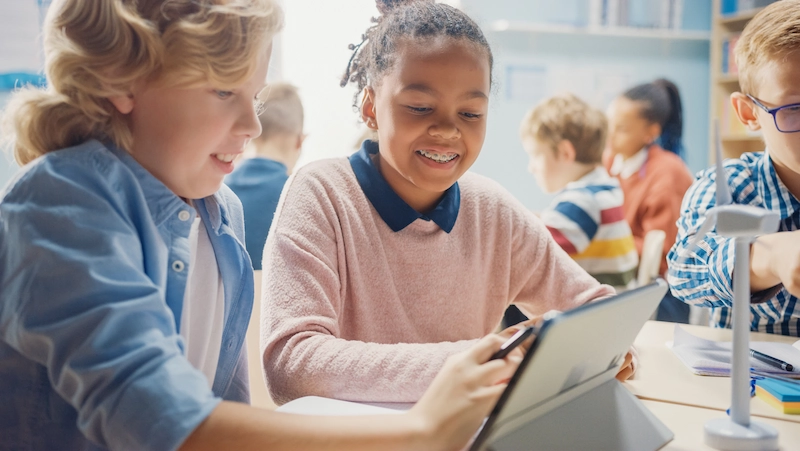
Fun Python Projects for Kids
Coding has become an essential skill for kids to master in today’s digital environment. They can unleash their creativity and produce something fascinating, in addition to improving their ability to solve problems and think logically.
Python is a fantastic choice for kids to begin their coding journey because it is a language that is user-friendly for beginners. Here are some fun and engaging Python projects that will hold your child’s attention while teaching them the basics of coding.
Guessing Game
The guessing game is a well-known activity that teaches young learners about conditional statements and user input. In this game, the player must predict the number within a set number of trials after randomly choosing one of the free computer games for kids. To make it more enjoyable, encourage your child to add personalized remarks and hints.
Calculator
Kids can learn a lot about variables, arithmetic operations, and user interfaces by building a calculator. They can develop a program that enables users to carry out operations like addition, subtraction, multiplication, and division in basic mathematics. Encourage them to investigate additional features like exponentiation and square roots.
Text Adventure Game
Kids can use their coding knowledge while using text adventure games to enhance their imagination and storytelling abilities. They may design a game in which users interact with characters or objects by typing text commands after making a sequence of decisions. Children can better learn ideas like variables, conditionals, loops, and functions thanks to this effort.
Simple Drawing Program
An enjoyable project for kids with a creative streak is a straightforward drawing program. To produce vibrant drawings, they can use the turtle module of Python, which offers a turtle graphics library.
Children can create original artwork and explore their artistic side by fusing fundamental programming concepts like loops and conditionals with the turtle’s movement commands.
By engaging in these projects, children can experience the joy of coding and witness their ideas come to life. Alongside these projects, there are various resources available to support their coding journey.
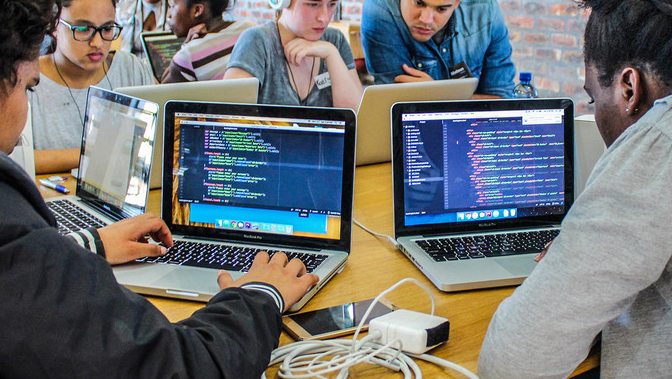
Tips for Teaching Python to Kids
Coding has become an essential skill in today’s digital world, and teaching Python to kids can be a great way to introduce them to the world of programming.
Python is a beginner-friendly programming language that is widely used and highly versatile. Whether you’re a parent, a teacher, or someone passionate about coding, here are some valuable tips and tricks for teaching Python to kids.
1. Break Complex Concepts Down:
One of the secrets of teaching Python to kids is to divide complex ideas into smaller, easier-to-understand parts. Begin by learning fundamental ideas like variables, loops, and conditional statements.
To assist kids in understanding these abstract ideas, use visual aids, diagrams, or even instances from everyday life.
2. Encourage Experimentation:
Coding should be a practical experience for children. Encourage kids to play around with programming and investigate various options. Give them coding exercises or little assignments so they can use what they’ve learned.
Along with enhancing their comprehension, this also encourages creativity and problem-solving abilities.
3. Use Coding Games:
Coding games for kids is a great approach to making learning Python more interactive and fun. Numerous coding websites for kids and learning resources are available that are made expressly for gamifying the teaching of programming.
These video games frequently have coding puzzles or challenges that gradually teach new ideas while maintaining the excitement and fun of learning.
4. Recognise and Applaud Children’s Efforts and Successes:
It’s important to recognize and commend children for their efforts and successes in learning Python. No matter how minor, acknowledge their development and congratulate them on their successes.
This gives them more self-assurance, inspires them to study more, and fosters a passion for coding.
5. Introduce Scratch Coding:
Scratch Coding is a visual programming language that makes coding ideas easier to understand for young students. Children may drag and drop code blocks to build interactive animations and programs using block-based coding.
Using Scratch as a learning tool before Python can give students a strong foundation in logical reasoning and problem-solving.
6. Explore Coding Websites:
There are a number of coding websites created especially for teaching programming to children. These websites provide step-by-step explanations, coding challenges, and interactive lectures.
For children, some well-liked coding resources include Khan Academy, Scratch.mit.edu, and Code.org. These tools can support your teaching efforts and offer a structured learning environment.
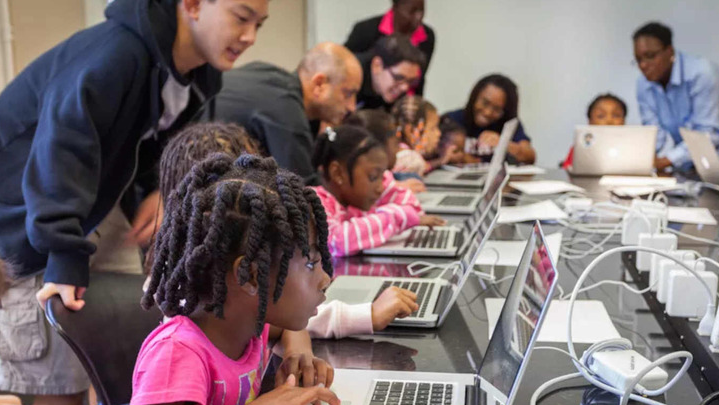
Resources for Learning Python for Kids
Are you looking for ways to introduce your child to the world of coding? Python, a popular programming language known for its simplicity and versatility, is an excellent choice for young learners.
By starting early python for kids, children can develop essential problem-solving and critical thinking skills while having fun with coding. In this blog section, we’ll explore a variety of resources that can help kids learn Python in an engaging and enjoyable manner.
Online Courses for Kids
Children can study Python ideas in a structured atmosphere through online courses, at their own pace. Some popular Python coding courses are available on the following platforms:
1. BrightCHAMPS:
CodeChamps by BrightChamps is a remarkable learning platform that sparks young brains with coding. It’s an amazing space where youngsters learn to decipher complicated algorithms and create digital marvels.
CodeChamps’ comprehensive curriculum develops children’s creativity and critical thinking. CodeChamps inspires ambition and creativity.
2. Scratch (scratch.mit.edu):
Scratch is a visual programming language that allows kids to create interactive stories, animations, and games by dragging and dropping blocks of code.
3. Code.org (code.org):
Code.org offers a wide range of coding courses and tutorials designed for kids of all ages and skill levels. Their Hour of Code activities are a great starting point.
4. Khan Academy (khanacademy.org):
Khan Academy provides interactive programming courses covering various topics, including Python, HTML, and JavaScript.
5. FreeCodeCamp (freecodecamp.org):
FreeCodeCamp offers a comprehensive curriculum that includes Python programming and web development.
Encourage your child to explore these resources and practice coding regularly. Learning programming concepts through coding games and interactive learning programs can make the experience enjoyable and engaging for kids.

Coding Books
Python introduction resources include coding books written for young readers. Step-by-step instructions and clear explanations are given in the kid-friendly language in books like “Hello World! Computer Programming for Kids and Other Beginners” by Warren Sande and Carter Sande and “Python for Kids” by Jason R. Briggs.
They frequently contain enjoyable tasks and games that motivate kids to put what they’ve learned into practice.
Coding Camps
Children can immerse themselves in the world of coding through coding camps. Children can cooperate with classmates and mentors in these camps’ encouraging environments.
Organizations like iD Tech, Camp Invention, and TechRocket specifically cater to young children by offering coding camps. Coding camps can teach Python and promote teamwork and creativity through practical exercises and project-based learning.
Coding Toys
Young children can be introduced to coding ideas in a fun way by using coding toys. By organizing blocks or manipulating real-world items, kids may learn the fundamentals of programming using tools like LEGO Boost, Cubetto, and Code & Go Robot Mouse.
With the help of these interactive toys, kids may learn about coding concepts while having fun and engaging hands-on experiences.
Scratch
For children to learn coding concepts, the MIT Media Lab’s visual programming language Scratch is a great place to start. Scratch makes it simple for young learners to build interactive stories, games, and animations by using colorful blocks that snap together.
It introduces core programming concepts like loops and conditionals while fostering creativity and problem-solving skills.
HTML for Kids
For young people interested in coding, HTML, the language used to create web pages, might be a terrific place to start. HTML foundations are introduced in a fun way with materials like “HTML for Babies” by Sterling Children’s and “HTML and CSS for Kids” by Elizabeth Castro.
These tools make it simple for youngsters to design and customize web pages by breaking down complex ideas into manageable chunks.
Conclusion
In this article, we looked at the realm of coding for kids and emphasized the many advantages of introducing Python to young students. Children can learn important skills and knowledge while having fun and interacting with technology through coding workshops, best coding games for kids, and coding websites created especially for them
One of the main advantages of teaching Python to kids is its simplicity and readability. Python is known for its straightforward syntax, making it an ideal programming language for beginners. It allows children to grasp programming concepts more easily and build a strong foundation for future learning.
Additionally, coding games for kids are essential for making learning engaging and participatory. These interactive games give kids a practical learning opportunity and let them use their coding knowledge in fun and interesting ways.
Also, you have to know about the concept of what is robotics for kids in this article
Kids can learn through trial and error while immersed in coding game environments, developing a deeper comprehension of programming concepts.
Children can explore platforms like Scratch and programming languages like Python to release their creativity and create original creations. Kids may use Scratch coding to make interactive tales, animations, and games, that help them express themselves and use their imagination. Children who learn to code can use technology to create new things rather than just consume them.
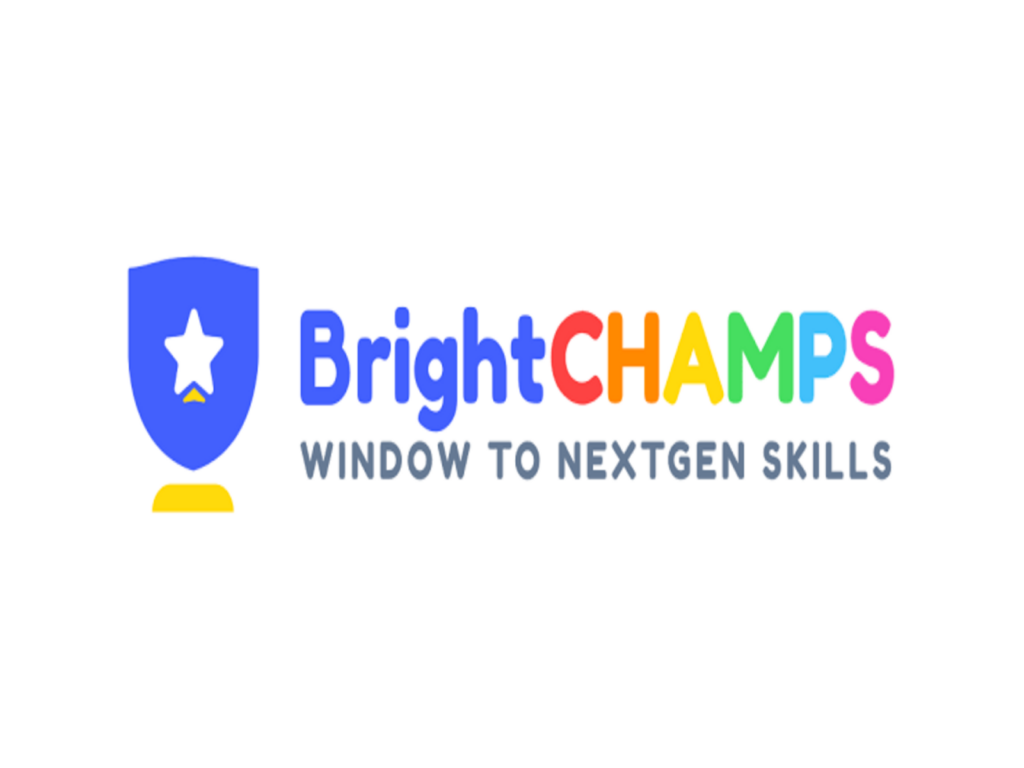
In conclusion, teaching Python and coding to kids offers a plethora of benefits. It not only provides them with technical skills but also enhances their cognitive abilities, creativity, and problem-solving skills.
Through coding games, coding websites, and interactive learning programs for kids, children can embark on a journey of exploration and discovery, gaining the confidence to navigate the world of technology. By introducing coding at an early age using platforms like Brightchamps, you can empower the next generation to become active creators and innovators, shaping the future with their skills and ideas.
Frequently Asked Questions (FAQs)
A1: Python is a popular programming language known for its simplicity and readability. It’s an excellent choice for kids because it has a beginner-friendly syntax and teaches them essential coding concepts while allowing them to create fun and interactive projects.
A2: Kids as young as seven or eight can start learning Python, although the ideal age may vary depending on the child’s maturity and interest in coding. Many coding classes for kids offer Python courses suitable for ages 8 and up.
A3: No, there are no specific prerequisites for kids to learn Python. It’s helpful if they have basic computer literacy and familiarity with math concepts, but coding for kids usually starts from scratch, assuming no prior programming knowledge.
A4: When teaching Python to kids, interactive and hands-on approaches work best. Coding classes for kids often use visual programming environments, coding games, and projects to make learning engaging. The focus is on practical application rather than theoretical concepts.
A5: In coding classes for kids, common Python concepts taught include variables, loops, conditionals, functions, and data structures. Projects may involve creating simple games, interactive stories, animations, and even web development using HTML and CSS.
A6: Our Python classes for kids focus on personalized attention, allowing each child to learn at their own pace. We maintain small class sizes to ensure ample individual interaction with our experienced instructors.
A7: Our Python classes for kids typically have a duration of one hour per session. They are held once or twice a week, depending on the program selected.
A8: We employ regular assessments and progress tracking to monitor your child’s advancement in Python. Through coding projects, quizzes, and coding challenges, we evaluate their understanding and skills.
A9: Learning Python provides kids with valuable skills such as logical thinking, problem-solving, and computational creativity. These skills can be applied in various fields like web development, data analysis, and game design.
A10: You can support your child’s learning of Python by encouraging them to practice coding outside of class. There are numerous coding games, websites, and learning programs available that cater specifically to kids, such as Scratch, HTML for kids, and free coding websites.

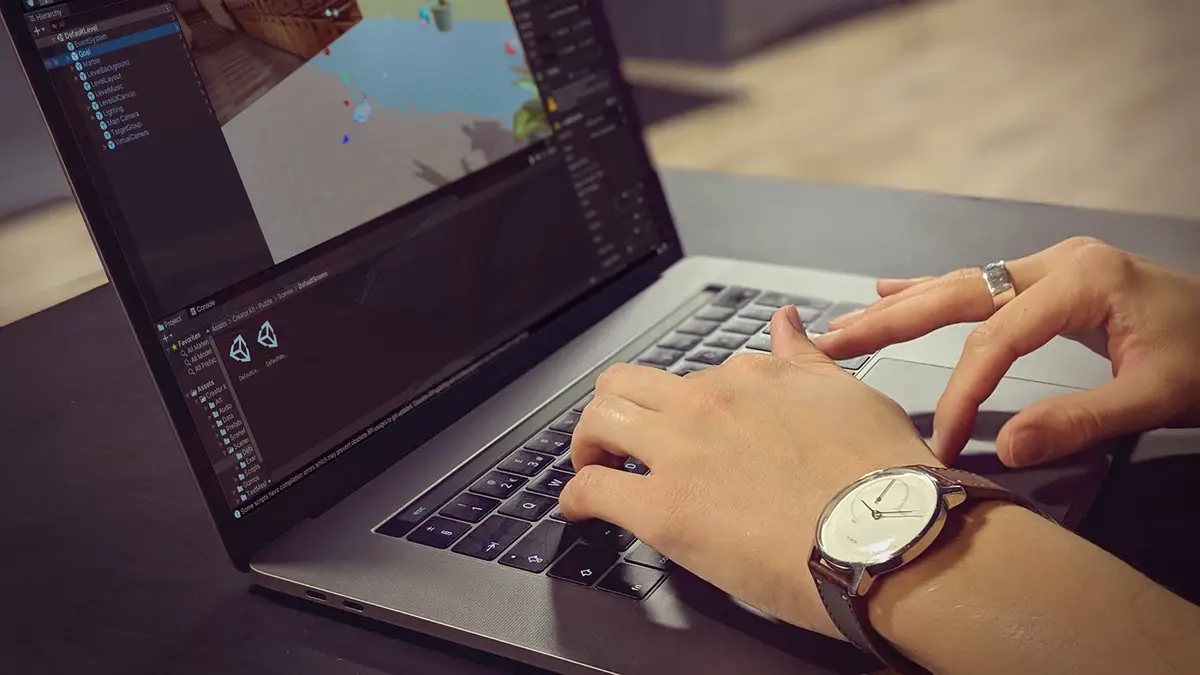
 We are an army of educators and passionate learners from BrightChamps family, committed to providing free learning resources to kids, parents & students.
We are an army of educators and passionate learners from BrightChamps family, committed to providing free learning resources to kids, parents & students.











